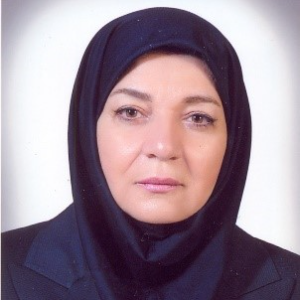Title : Determining the frequency of trichosporon species and tracking yeast in urine clinical samples using gold nanoparticles
Abstract:
Introduction: timely identification and treatment of trichosporonosis is important due to the severity of pathogenesis and different treatment from candidiasis and as a result of its high mortality. In this study, in addition to determining the abundance of this fungus in clinical urine samples using past experiences in the function of gold nanoparticles, identification of this yeast based on serological methods for rapid detection of yeast in urine samples has been presented.
Methods: 249 samples of people suspected of urinary fungal infection were analyzed using morphological and molecular PCR-RFLP methods. Antigenic suspension was prepared from different species of Trichosporon. This mixture was injected with complete adjuvant to a healthy rabbit. After injecting 4 booster doses using incomplete adjuvant, blood was drawn from the rabbit. The anti-fungal antibody ability in the rabbit serum was confirmed using the ELISA method. Then the antibody was placed chemically on the surface of gold nanoparticles and the performance of the method was investigated.
Findings: C. glabrata and C. albicans were the most common yeasts isolated from the urine samples. Among isolated yeasts, 4 cases (1.6%) of Trichosporons pp. were reported. The sensitivity and specificity of the gold nanoparticle method in the identification of Trichosporon was determined to be 100%.
Conclusion: Abundance of Urinary tract colonization due to Trichosporon was 1.6% during the study period. The results showed that if there is one Trichosporon yeast in five microliters of the urine sample, the mentioned method will be able to identify it within one minute through agglutination.



